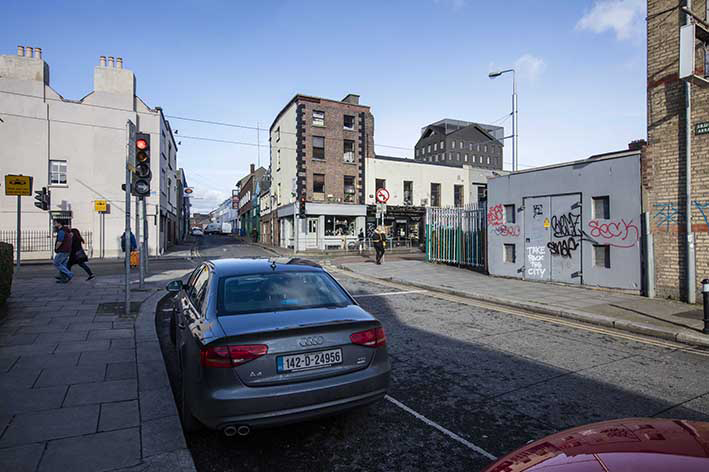
Top 5 Planning Tips for Developers
If you go onto any Local Planning Authority’s website, you can search through thousands of applications, and you will see some are really detailed, presented well, have loads of reports, and, possibly, look really well designed. Others look like they took five minutes with a ballpoint pen on a kitchen table. In both categories, you will see some refused and some granted, and you may not really understand why.
Planning is not a black and white issue, it’s fraught with differing personal opinions, neighbourly complaints, technical reports, and subjective discussions with local policymakers, focus groups, and him from next door. Diplomacy is often your greatest asset, but there are certain things you can do to improve your chances of receiving a GRANT rather than a REFUSAL letter:
Good Design.
Obviously. Get an Architect, get a good Architect. Good design will buy you the best planning, and it might even get you more than you should really be allowed. Architects are skilled designers, and they have the ability to make things better than they might have been. From a small extension to large hotel development, the Planner will look favourably on good design, they will feel safe and justified in approving it.
Precedent.
Use with caution. Good, local, relevant precedent should be used to say to the Planning Department, hey, you approved this one, therefore you should approve ours. Do your research and be aware that planners can say, well, we shouldn’t have approved that back then, and anyway, yours in a different site.
Give and take.
Planning departments are guided by policy, some councils are looking for more housing, some are looking to improve retail while others want to increase commercial space. So, do some research, if the council are really hot on cycling policy and they are proposing a cycle route past your site, put in bike stands, cycle storage, and make a big thing of it in the Design and Access Statement, it might just get them past that extra floor you added.
Make your Documents Cut and Paste-able.
Planners need to justify their decision to approve or refuse your scheme, either to their superiors or to Councillors at Committee. If this is difficult or they have very little time, they will choose refusal, and you will see some very generic Planner speak like, “due to its bulk, scale, and massing …we hereby REFUSE to grant Planning…”. The planning statement and the Design And Access Statement you submit should be full of paragraphs of positive wording and justification that they can cut and paste into their report.
Think like an Inspector.
If the Local Planning Authority refuses your Planning Application, you can take it to appeal and have an Inspector decide whether or not the Authority was correct in refusing your application. By assuming you are going to Appeal when you are drawing up the Planning Application it can help guide both your design and the way you present your design. Ask yourself, would an Inspector overturn a refusal on this? If not, don’t submit it until it does.
A Planner must decide whether a development is in the best interests of the local community, and should certainly not cause any harm. By combining good design with a good argument, the outcome should be a positive one.


